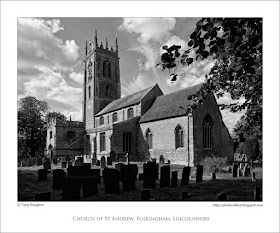click photo to enlarge
My upbringing in the Yorkshire Dales market town of Settle familiarised me with the jackdaw (Corvus monedula). The area is well-known for its rugged hills, sheep farming, limestone cliffs and stone-built houses. All of these combine to provide a fine habitat for this small crow. What one notices from everyday contact with the bird is not only its black plumage, its grey nape and its bright eye that give it a look of intelligence that it doesn't quite deserve, but also its characteristic call. This is usually described in writing as a sharp "chak" or a more drawn out "chaka-chaka-chak", a sound that accounts for the first part of the bird's name. In the Dales it builds its nest in holes and cavities on cliffs, in trees and in buildings.
When I lived in the city of Kingston upon Hull the jackdaw wasn't particularly noticeable though could be found. It was much more common in the surrounding countryside. During my time on Lancashire's Fylde Coast it became very familiar once more, and I often heard its distinctive cry as groups flew over my house. In the Lincolnshire Fens the bird is very common, associating with rooks to feed on stubble, around farms and in villages. It finds nest sites in trees, farm buildings and around house roofs. However, the plentiful medieval churches, especially the space behind the louvred openings of the bell towers, provide favoured sites for nests. The jackdaw has to compete with pigeons and doves (and the occasional peregrine falcon) for the best locations, but anyone who stands in a churchyard is almost bound to see jackdaws circling the church tower, entering through holes and making their cry echo from the old stonework.
Today's photograph shows the medieval church of St Andrew at Folkingham in Lincolnshire. Looking at the specks in the sky to the right of the tower top the critical observer might be forgiven for wondering whether my sensor needs cleaning or if I've got dust on the back of my lens. However, anyone who has read this far will realise that it is a circling crowd of jackdaws. My presence below disturbed them, but they soon settled and peered down at me as I picked my way through the gravestones to take a few more shots from my favoured south-east corner of the churchyard. Incidentally this photograph is a crop from the top half of a portrait-format shot. I find this method is a useful way of getting reasonably upright verticals in the absence of an expensive tilt-shift lens.
photograph and text © Tony Boughen
Camera: Canon
Mode: Aperture Priority
Focal Length: 19mm
F No: f7.1
Shutter Speed: 1/400
ISO: 100
Exposure Compensation: -1.67 EV
Image Stabilisation: On
